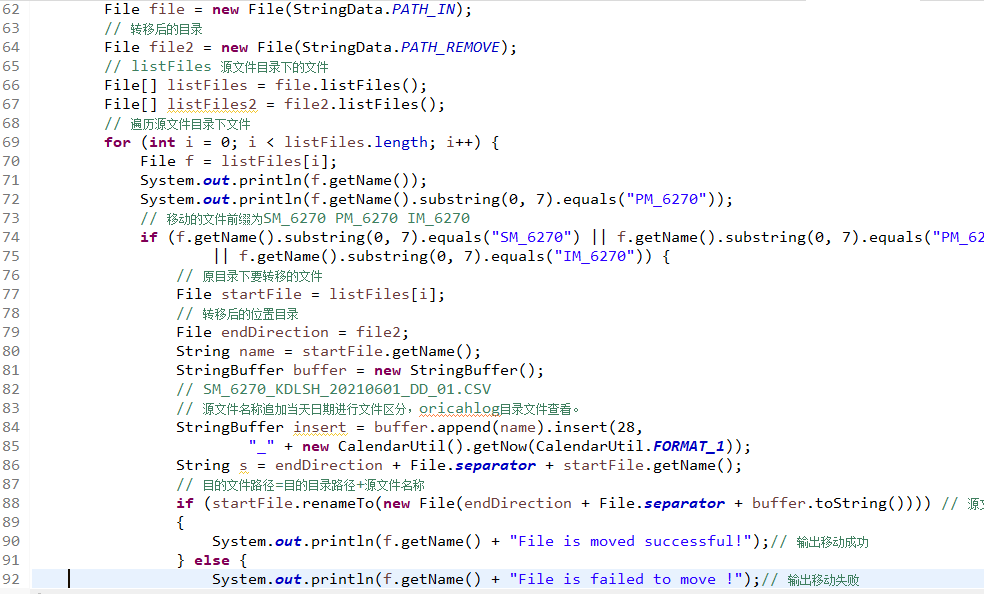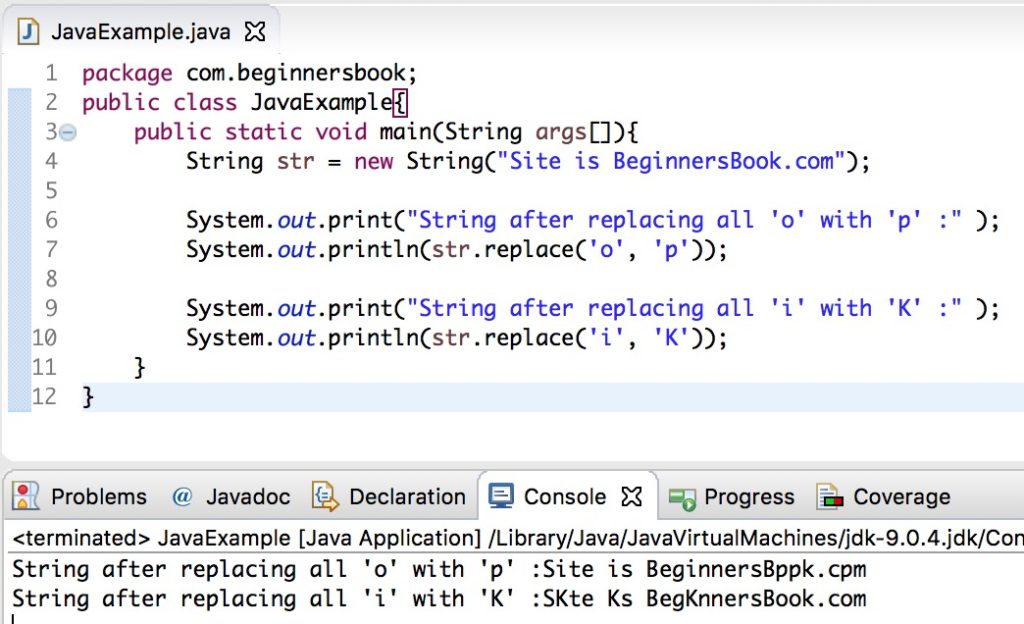
You can use the slice() method to remove a substring: const originalString = 'Hello, World!' Ĭonst newString = originalString.slice( 0, startIndex) + originalString.slice(endIndex) Ĭonsole.log(newString) // Output: 'Hello, !' Using the split() and join() Methods


However, it can also handle negative indices. The slice() method is similar to substring(), as it extracts a portion of a string based on specified start and end indices. You can use these methods together to remove a substring from a string: const originalString = 'Hello, World!' Ĭonst startIndex = originalString.indexOf( 'World') Ĭonst endIndex = startIndex + 'World'.length Ĭonst newString = originalString.substring( 0, startIndex).concat(originalString.substring(endIndex)) Ĭonsole.log(newString) // Output: 'Hello, !' Using the slice() Method The substring() method extracts a portion of a string based on specified start and end indices, while the concat() method combines two or more strings. However, if you want to remove all occurrences of a substring, you can use a regular expression with the global flag ( g):Ĭonst originalString = 'Apples are red, cherries are red' Ĭonsole.log(newString) // Output: 'Apples are, cherries are ' Using the substring() and concat() Methods Here's how it works: const originalString = 'Hello, World!' Ĭonst newString = originalString.replace(substringToRemove, '') Ĭonsole.log(newString) // Output: 'Hello, !'

By default, it replaces only the first occurrence of the specified substring. The replace() method is a built-in JavaScript function that searches for a specified substring within a string and replaces it with a new substring. In this section, we will explore four common techniques, each with its unique approach and potential use-cases. There are several methods available in JavaScript for removing a substring from a string. Methods for Removing a Substring from a String Whether you are a beginner or an experienced programmer, this guide will help you navigate the world of string manipulation in JavaScript and provide you with practical examples that can be applied in a wide range of situations. By understanding and implementing these techniques, you will be able to improve your JavaScript skills and become more adept at handling different string manipulation tasks. In this article, we will explore various techniques for removing a substring from a string in JavaScript. One common operation is removing a specific substring from a given string, which can be useful in numerous real-world applications, such as cleaning up user input text or extracting relevant information from a larger text, like when web scraping. This can range from simple tasks like formatting user input or validating form data, to more complex tasks like parsing and analyzing textual data.Īs JavaScript is becoming more ubiquitous, it's not uncommon to use it to manipulate strings, of which it offers numerous built-in methods and functions for working with strings. Also you have to know that String.substring() is not null-safe and you have to handle that corner case on your own.String manipulation is a crucial aspect of programming, as it involves the processing and manipulation of text data to achieve various tasks. This is done by getting from the existing String all characters starting from the first index position 0 till the next to last position, means the length of the string minus 1.
#String remove substring java how to#
Java's built-in method substring() of the class String is the most known way of how to remove the last character. The only way up to Java 7 with String.substring()

Java in his early days in the 90s had in the market a very good reputation about his good and easy to use API. Apache Commons Lang StringUtils.substring().Since Java 8 with the new Optional util class.The only way up to Java 7 with String.substring().


 0 kommentar(er)
0 kommentar(er)
